Stanford scientists identify new Li-B-S solid electrolyte materials that boost lithium-ion battery performance
Green Car Congress
SEPTEMBER 28, 2020
Stanford University scientists have identified a new solid-state Li-ion electrolyte predicted to exhibit simultaneously fast ionic conductivity, wide electrochemical stability, low cost, and low mass density. sulfur (Li?B?S) 1 in Li 5 B 7 S 13 and 80 (?56, 1 in Li 9 B 19 S 33.


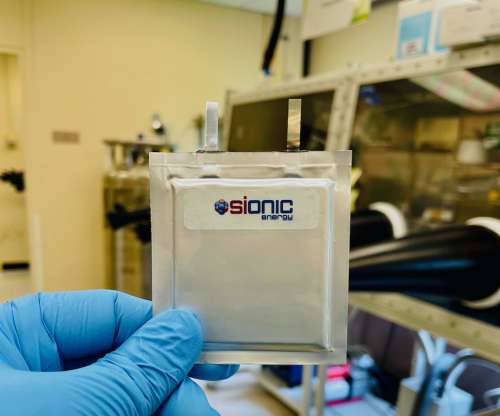






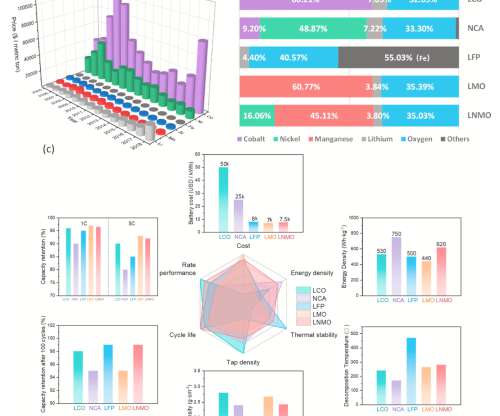












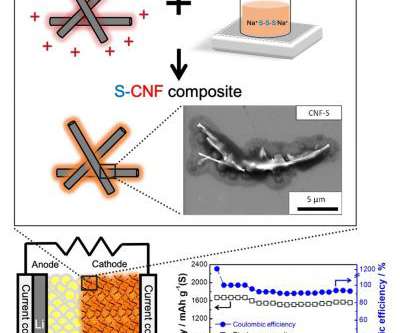

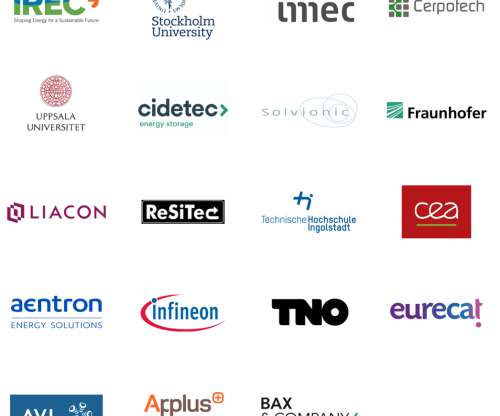
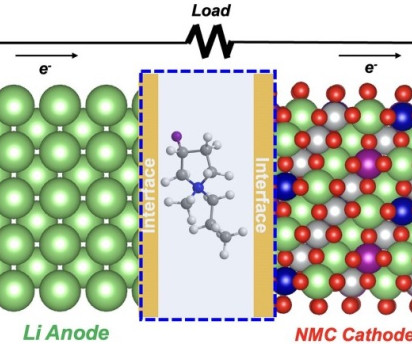












Let's personalize your content